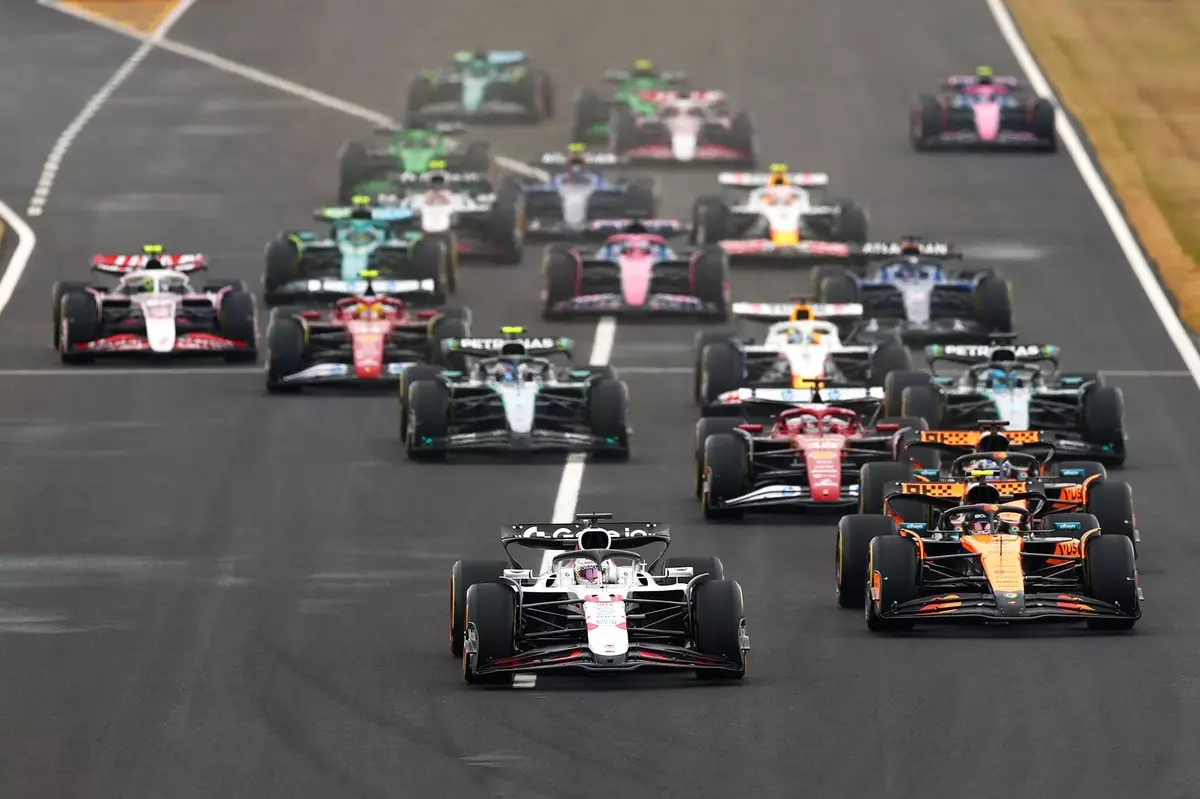In the high-octane world of Formula 1, the balance of power often shifts with the introduction of new technologies and regulations. As the 2026 hybrid formula approaches, the impending discussions between engine manufacturers and the FIA are a critical juncture for the sport. With echoes of Mercedes’ unprecedented dominance in 2014 still reverberating throughout the paddock, the urgency for equitable competition has never been more pressing. This initiative for change isn’t merely procedural; it represents the lifeblood of an evolving sport intent on fostering exciting races rather than predictable outcomes.
The FIA, led by President Mohammed Ben Sulayem, has taken a proactive stance by initiating talks that explore the future of engine regulations. Introducing different perspectives—ranging from returning to V10 engines to refining existing hybrid frameworks—these discussions signify a welcome divergence from stagnant traditions. The presence of prominent manufacturers like Audi and Honda, both eager to voice their thoughts on the current regulations, adds layers of complexity and opportunity to the equation.
Understanding the Stakeholders
The recent roundtable in Bahrain included influential figures such as Audi’s Gernot Dollner and Honda’s Koji Watanabe, signifying a collective interest in shaping Formula 1’s engine narrative. Each manufacturer carries its perspectives and priorities, heavily influenced by its distinct engineering ethos and market strategies. For instance, both Audi and Honda have shown strong resistance to any modifications that would dilute the hybrid specifications that made their participation in 2026 enticing in the first place.
One cannot overlook the ramifications of these discussions on the financial and competitive landscape. With engine manufacturers needing to balance performance and compliance with regulations, there’s a palpable tension between technological ambition and practical limitations. The underlying concern is shared across the spectrum: how do you prevent any single manufacturer from achieving dominance through radical innovation? This is not simply a challenge of engineering prowess; it’s a delicate dance around competition integrity and fan engagement.
Exploring Regulations and Convergence
The discourse surrounding the potential for in-season upgrades marks a pivotal shift from historical practices. Rather than enforcing rigid homologation rules, which freeze engine designs for set periods, the conversation is embracing a model open to iterative improvements under a budget cap. This progressive stance aims to enhance the competitiveness of the grid, contrasting sharply with the 2014 season, where Mercedes’ superiority left others trailing hopelessly behind.
Red Bull’s Christian Horner aptly remarked on the importance of convergence within the sport. With teams looking to foster close-quarters racing, the establishment of mechanisms for real-time design improvements could usher in a new era of dynamic competition. Such regulations could not only promote innovation but also level the playing field in a way that’s increasingly vital as the sport modernizes. Adjusting to the realities of advancing technology while still preserving the chess match of racing requires sagacity from all involved.
The Road Ahead: The New Normal
While discussions look ahead to 2026 and beyond, the concept of a systematic and continuous regulatory evolution must also be on the table. Formula 1 cannot afford to stagnate; it must remain responsive to emerging technologies and evolving stakeholder needs. As manufacturers provide their feedback to the FIA, the call for a strategic roadmap that extends beyond 2026 becomes essential.
The racing community is ready for a fresh chapter where the focus shifts away from merely ensuring compliance with past standards to encouraging boundary-pushing innovation. The core of what makes Formula 1 extraordinary lies not just in the speed measured in laps but in the stories woven through competition. So as the engines roar to life in Bahrain and beyond, the decisions made today will undoubtedly shape the thrilling narratives that define Formula 1’s future. The excitement is not only about the cars themselves but the freedom afforded to those who dare to imagine what’s next.


Leave a Reply